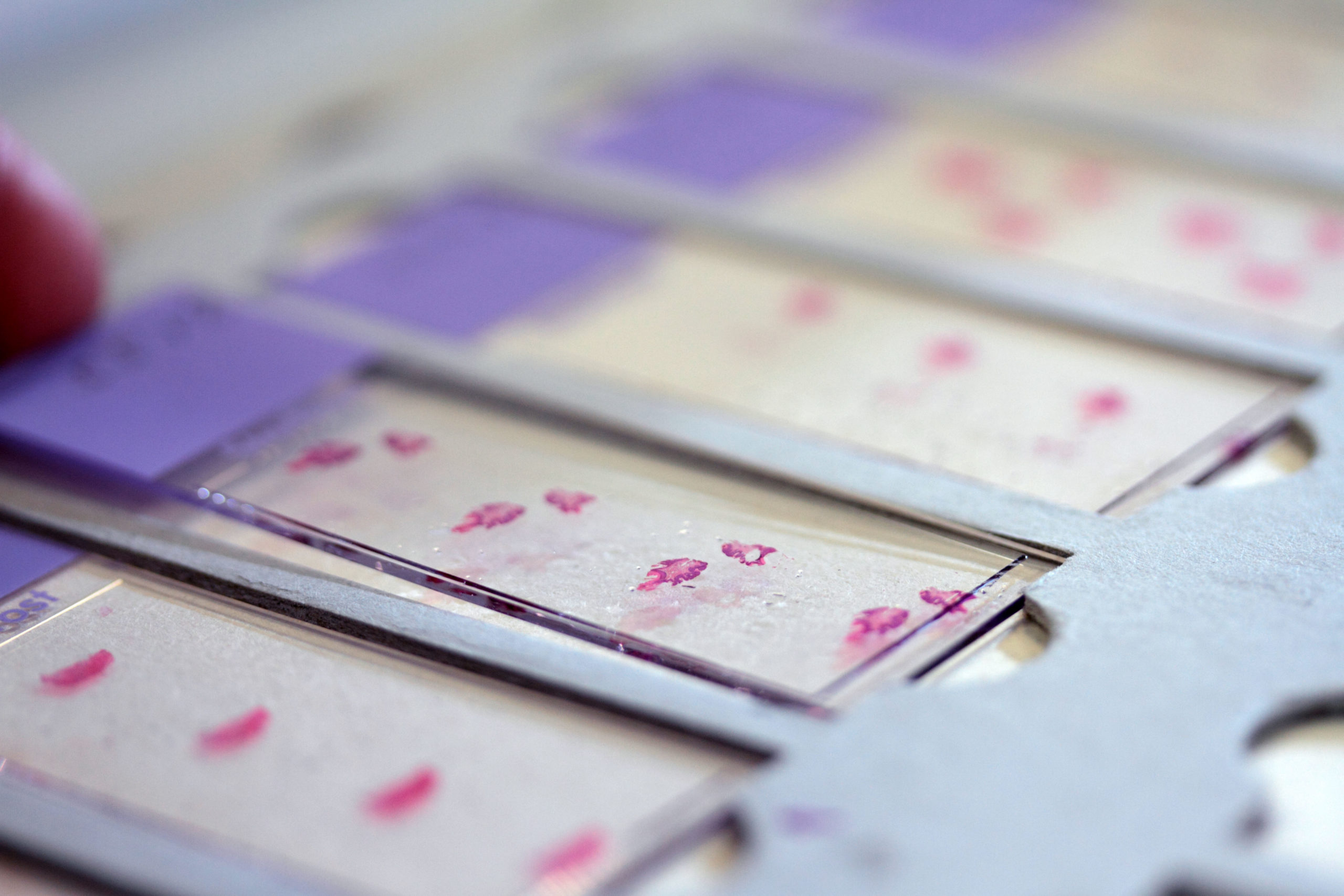
Dental Pulp Stem Cells are protected by Taxifolin
DESCRIPTION
Background:
Dental pulp stem cells (DPSCs) are a unique source for future clinical application in dentistry such as periodontology or endodontics.
However, DPSCs are prone to apoptosis under abnormal conditions. Taxifolin is a natural flavonoid and possesses many pharmacological activities including anti-hypoxic and anti-inflammatory.
We aimed to elucidate the mechanisms of taxifolin protects DPSC under hypoxia and inflammatory conditions.
Methods:
DPSCs from human dental pulp tissue was purchased from Lonza (cat. no. PT-5025. Basel, Switzerland)) and identified by DPSC’s biomarkers.
DPSC differentiation in vitro following the manufacturers’ instructions. ARS staining and Oil red staining verify the efficiency of differentiation in vitro after 2 weeks.
The changes of various genes and proteins were identified by Q-PCR and western-blot, respectively.
Cell viability was determined by the CCK-8 method, while apoptosis was determined by Annexin V/PI staining.
Results:
DPSC differentiation in vitro shows that hypoxia and TNF-α synergistically inhibit the survival and osteogenesis of Dental pulp stem cells.
A final concentration of 10 μM Taxifolin can significantly reduce the apoptosis of DPSCs under inflammation and hypoxia conditions.
Taxifolin substantially increases carbonic anhydrase IX (CA9) expression but not HIF1a, and inhibitions of CA9 expression nullify the protective role of taxifolin under hypoxia and inflammatory condition.
Conclusion:
Taxifolin significantly increased the expression of CA9 when it inhibits Dental pulp stem cells apoptosis and taxifolin synergistically to protect DPSCs against apoptosis with CA9 under hypoxia and inflammatory conditions.
Taxifolin can be used as a potential drug for clinical treatment of DPSC-related diseases.